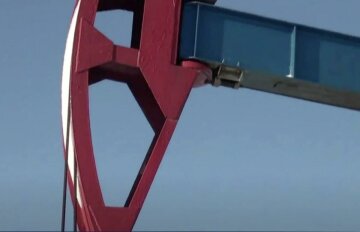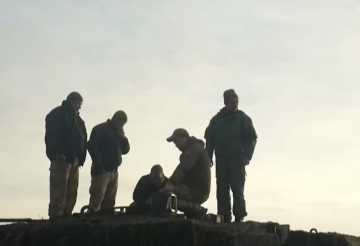By the end of 2025, Ukraine may witness the arrival of the first European peacekeepers, a development that would result from diplomatic pressure on Russia from the United States.
This opinion was expressed by former U.S. ambassador to Ukraine John Herbst in an interview with Tagesschau. According to the expert, Trump will not halt aid to Ukraine, and even if he considers reducing support, it will be part of a strategy to compel Russia to come to the negotiating table. Herbst noted that most candidates for key positions in Trump’s future administration—from Marco Rubio to Pete Hegseth—share the view that Russia remains the primary threat to the U.S.

"From day one, Trump will be extracting and exporting significantly more American oil and gas under the slogan 'Drill, baby, drill.' This will exert pressure on oil prices to the detriment of Russia," the expert points out.
Furthermore, Trump may threaten Moscow with increased military aid to Ukraine. However, as Herbst notes, reaching a peaceful agreement will require significant concessions from both sides. Ukraine will find it difficult to agree to terms that include a ban on joining NATO and maintaining Russian control over occupied territories. At the same time, Russia is unlikely to agree to a demilitarized zone protected by European peacekeepers and further military assistance to Ukraine, which would leave it exposed to the threat of a new invasion.

Herbst also emphasizes that the U.S. can provide guarantees for Ukraine and the European peacekeeping contingent, without direct involvement in securing the demilitarized zone. According to him, several months of negotiations could lead to peacekeepers being deployed in Ukraine as early as the fall of 2025.
"If you deploy 100,000 Europeans in Ukraine—perhaps fewer, perhaps more, but at least a significant number—and the U.S. responds decisively to every Russian provocation, a lasting peace will be possible," Herbst concludes.
Source: tagesschau.